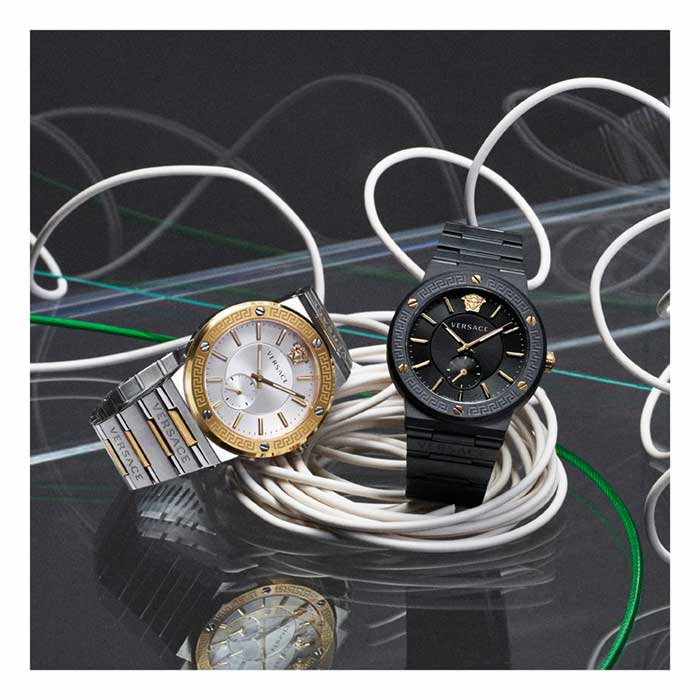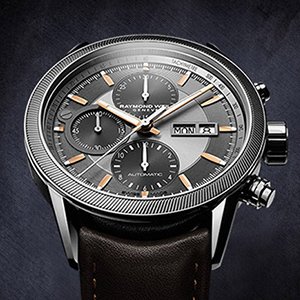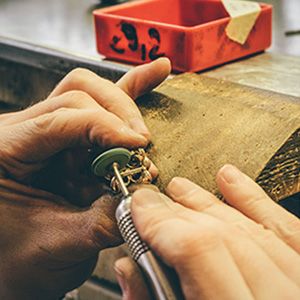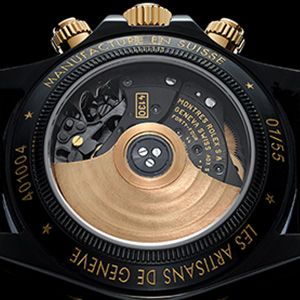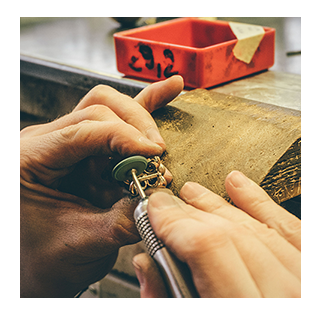You have no items in your shopping cart.
NANIS Time-Honored Techniques
NANIS lead designer Laura Bicego forgoes the high shine of polished gold favored by most jewelers. Instead, the experienced goldsmith’s designs showcase a distinct matte and hand-engraved texture that gives her collection even more depth and dimension. To achieve this enchanting look, the Vicenza-based NANIS artisans use an ancient form of hand-engraving.
Renaissance-Era Engraving Techniques
The practice of engraving as an art form—specifically, using a chisel-like tool called a burin—can be traced back to the 15th century in Germany and northern Italy. German goldsmiths would engrave their initials into their gold pieces to assert ownership over their work. In Italy, however, engraving became a part of the goldsmith’s craft and design, adding a decorative flair to their gold and niello (a black enamel-like mixture of copper, silver and lead that is used as a high-contrast inlay for etched metal) metalwork.

NANIS Fragila Venezia Hand-Engraving
Today, NANIS’ team of elite artisans employs this centuries-old technique to give NANIS jewelry its unique, silky texture. The Fragila Venezia method requires an incredibly skilled hand to wield the special burin engraver needed to strike and mark the gold’s surface. Only a handful of craftsmen in the world know how to employ the Fragila Venezia. The artisan’s deliberate lines capture the light and give the NANIS piece a lasting finish.
The NANIS brand honors the rich history of Italian jewelry making, weaving ancient practices into its modern designs. The result is a feminine touch to an expertly-made collection with an acutely stylized flair for contemporary tastes.


















